Formats SSD drives
- SATA 2,5 pouces : Disques traditionnels, compatibilité étendue.
- M.2 SATA et M.2 NVMe : Petits et rapides, standards actuels pour les ordinateurs modernes.
format "2280" (22 mm de large, 80 mm de long) étant le plus courant.
- PCIe : Cartes rapides pour les ordinateurs de bureau haut de gamme.
- U.2 : Usage professionnel et serveur.
- mSATA : Ancien, moins courant aujourd'hui.
SSD drives
form factor (Facteur de forme)
The
2280 (22 mm x 80 mm) is the format found in more than 90% of cases.
M.2 form factor SSDs use
SATA or
PCIe interface with
NVMe protocol
2.5"
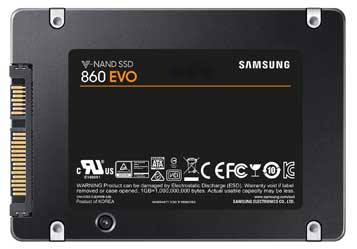
M.2

mSata
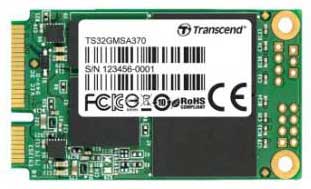 Interface
Interface
SATA
NVMe (PCIe)
SSDs exemples:
M.2 SATA

M.2 NVMe PCIe

2.5" SATA

SSDs are primarily distinguished by their form factor and the protocols used (
NVMe, AHCI)
The four most common form factors are
SATA (2.5 inch format), mSATA, M.2 and PCIe
AHCI transfer protocol is used by SATA
M.2 SSDs
An
M.2 drive can accommodate both SATA and PCIe connectors as well as USB 3.0.
It is operated either with the AHCI protocol or the Non-Volatile Memory Express (NVMe) protocol
Most common is the
2280 format, which means nothing more than
22 mm x 80 mm
(optically comparable to a RAM bar)
M.2 SSDs can be PCIe-based and use the NVMe protocol support up to four PCIe lanes, resulting in much higher data transfer rates than the 6Gbps of SATA or mSATA
For this reason, M.2 has not only overtaken mSATA, but also SATAe relatively quickly, and is now used in all newer Ultrabooks and flat notebooks.
In principle, M.2 drives (whether with SATA-III or PCIe connection) can also be integrated into desktop PCs, as long as the format and length of the slot match.
Risk of confusion between M.2 SATA SSDs and M.2 NVMe PCIe SSDs
PCIe-SSDs
SSDs based on the PCIe form factor use PCIe technology and the NVMe protocol.
PCIe drives are larger than M.2 drives and allow more chips per card.
As a result, PCIe SSDs are especially interesting for larger devices such as desktops and servers, as they also provide higher capacities.
SSDs in the latest notebooks come in two form factors:
2.5-inch (same as 2.5" HDDs but thinner in some cases) with traditional SATA storage interface and
smaller M.2 card format with its own interface.
Some laptops, primarily high-performance business and gaming class machines, combine different storage interfaces and bays.
In these laptops, PC makers usually pair an empty 2.5” hard drive with an M.2 solid state drive with operating system and programs installed on it.
This combination delivers both large storage space and fast OS boot-up and program loading speeds.
Some pc portables have SSD 512go en pci-express + Optane 32go
Embedded Multimedia Card (eMMC) Storage
Embedded Multimedia Card or eMMC is more affordable and slower Flash-based storage than solid state drives.
eMMC is usually found in smartphones and other consumer electronics devices, but it’s used in personal computers too.
In the PC segment, you can find eMMC soldered onto motherboards of some budget-class notebooks, tablet PCs, and 2-in-1 computers.
eMMC capacity provided by these PCs is either 32GB or 64GB, rarely 128GB.
Flash type memory
Form factor
Sata, Sata M.2, PCIe, M.2, U.2
Interfaces
AHCI, NVMe
Faster than flash memory
Optane SSD 3D xPoint
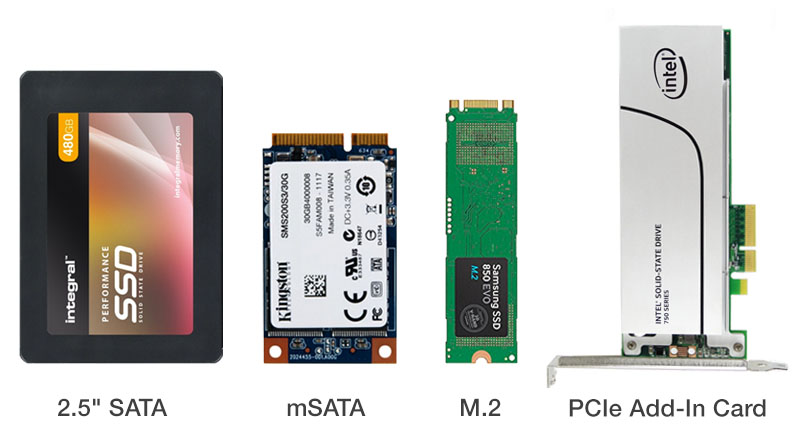
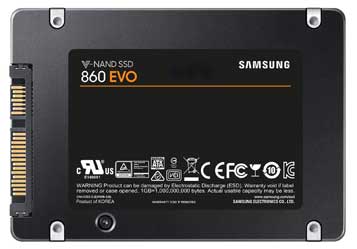
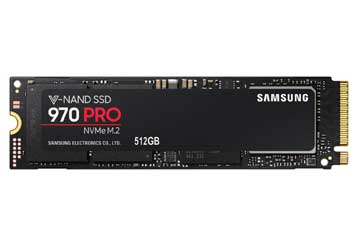

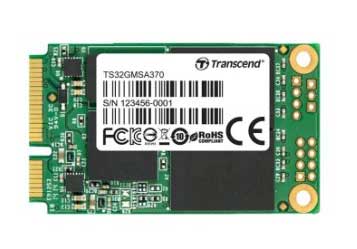
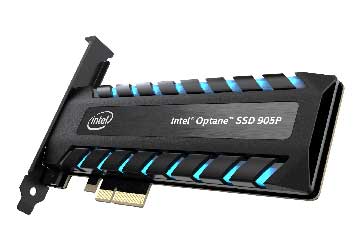
Disque de stockage flash hybride SSHD
Les SSHD combinent les disques magnétiques traditionnels des disques durs à la mémoire flash des disques de stockage flash sur un seul disque.
L’objectif est de compenser le coût de la mémoire flash en utilisant un disque dur pour atteindre
les exigences de capacité.
Cloning software
software\Security\Utilities\Clone\DiskClone_Free.exe
Try to clone an (internal) NVMe SSD to another NVMe SSD (external device)
Others are
EaseUS Todo Backup
Acronis True Image
Macrium Reflect (looks fine)
Iperius Backup
Clonezilla
Zinstall Full Back
Active Disk Image
keywords: thermal pad thermal paste heatsink cooler ruban thermique pad thermique



 aformatique
aformatique